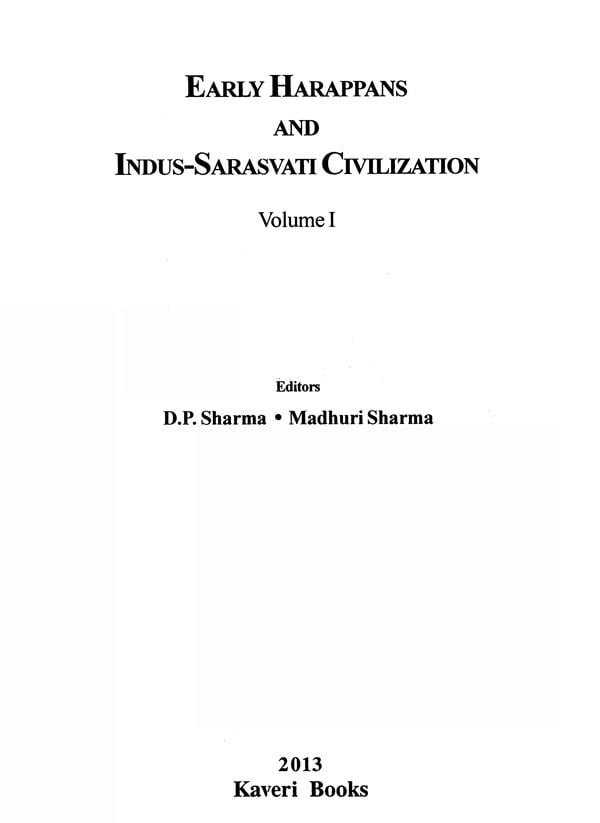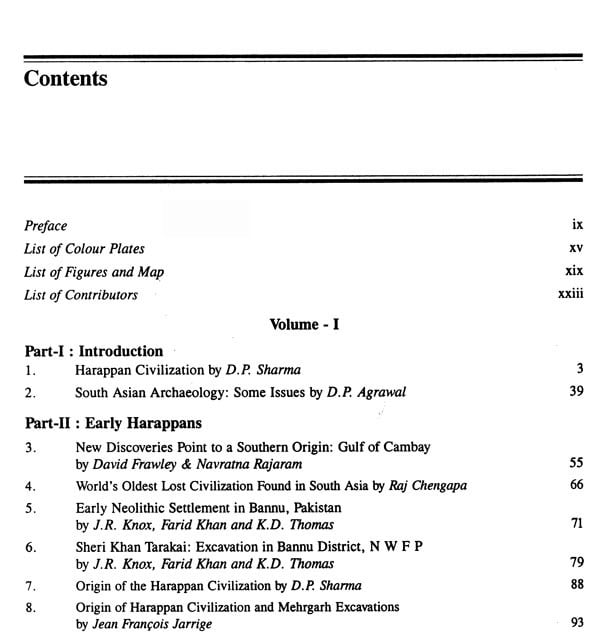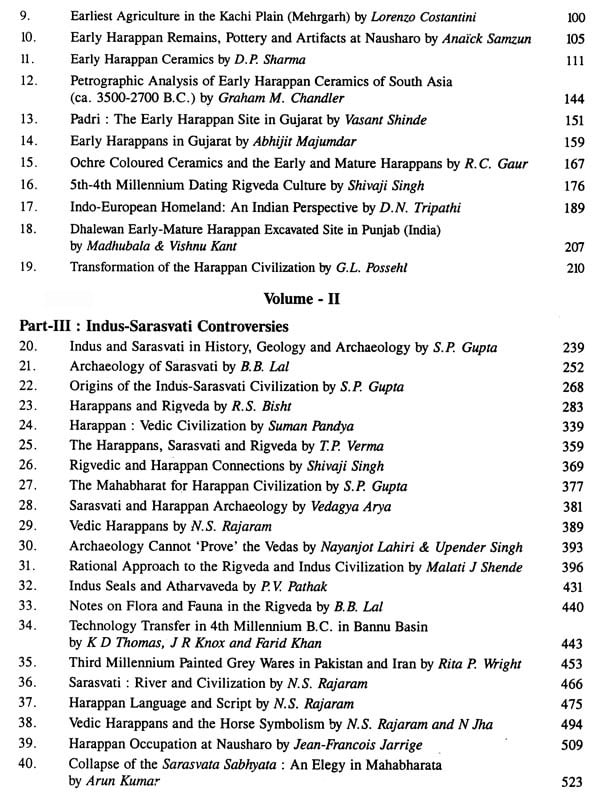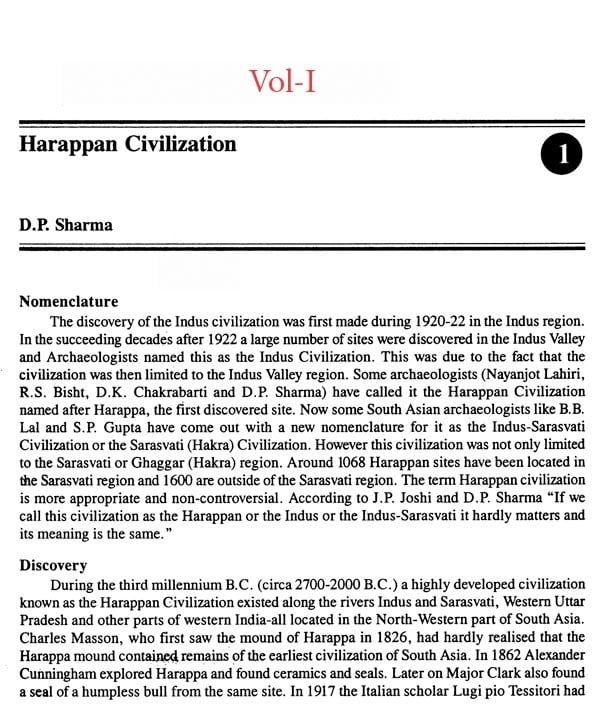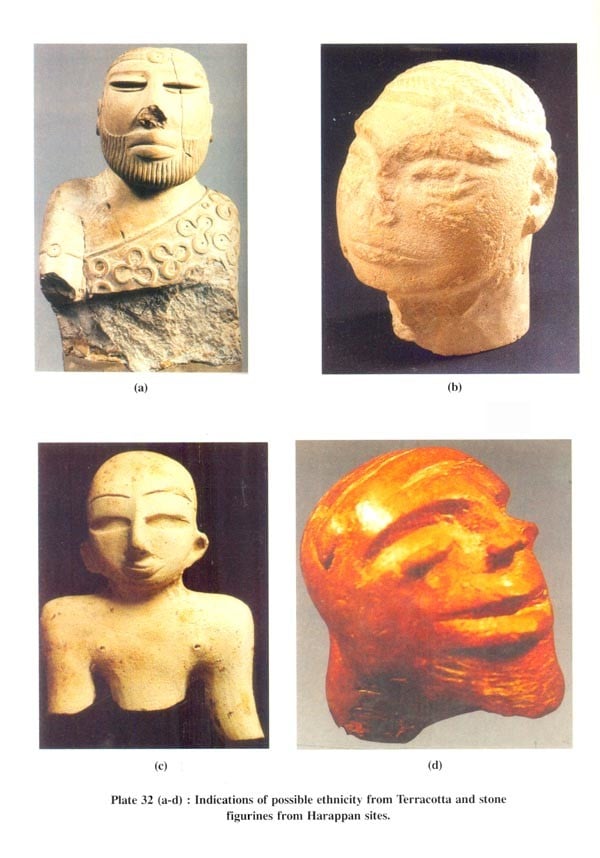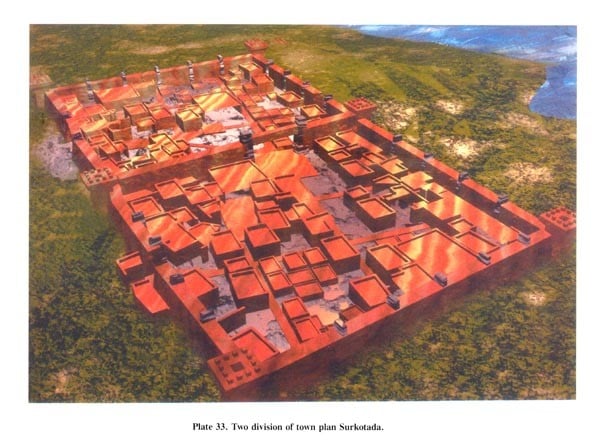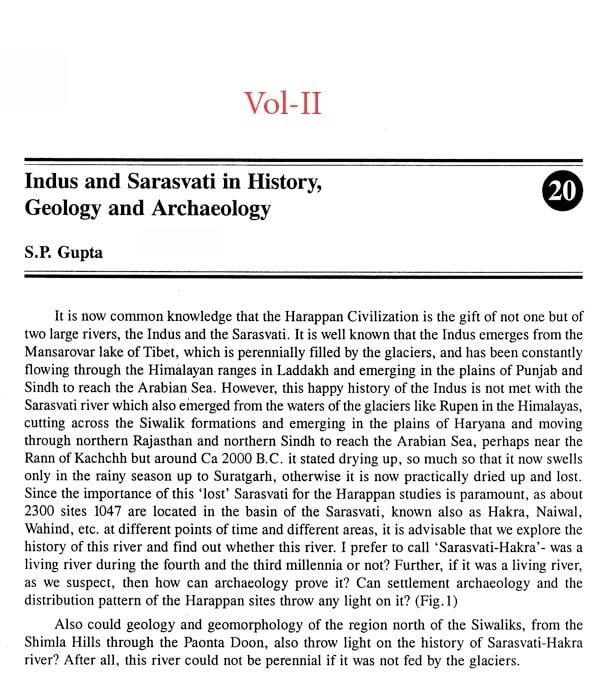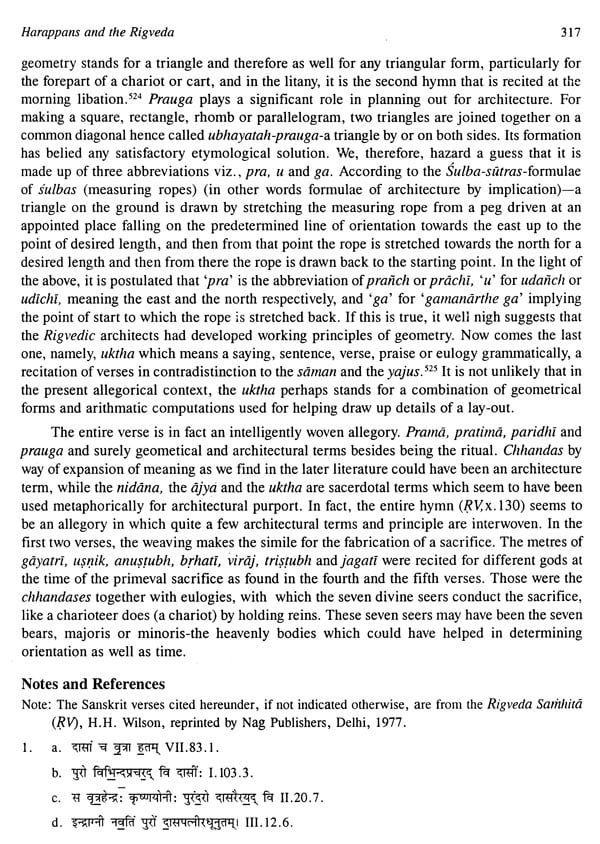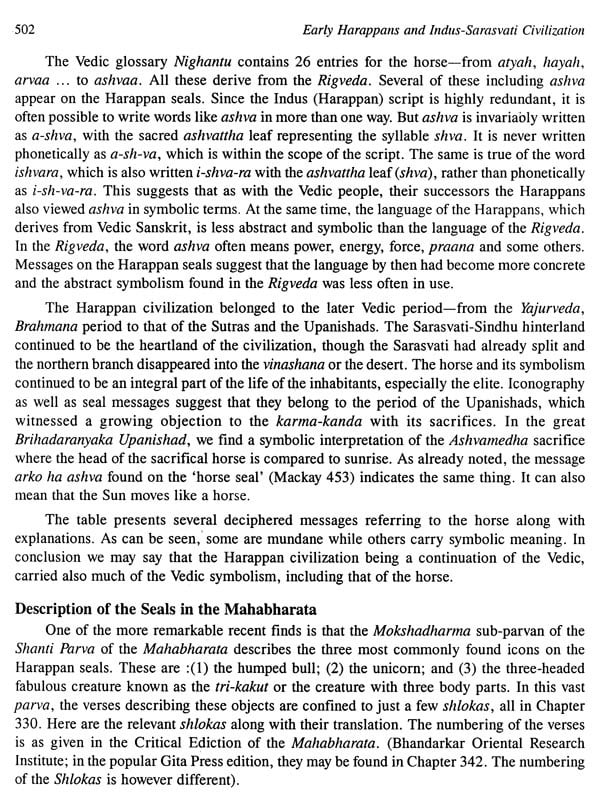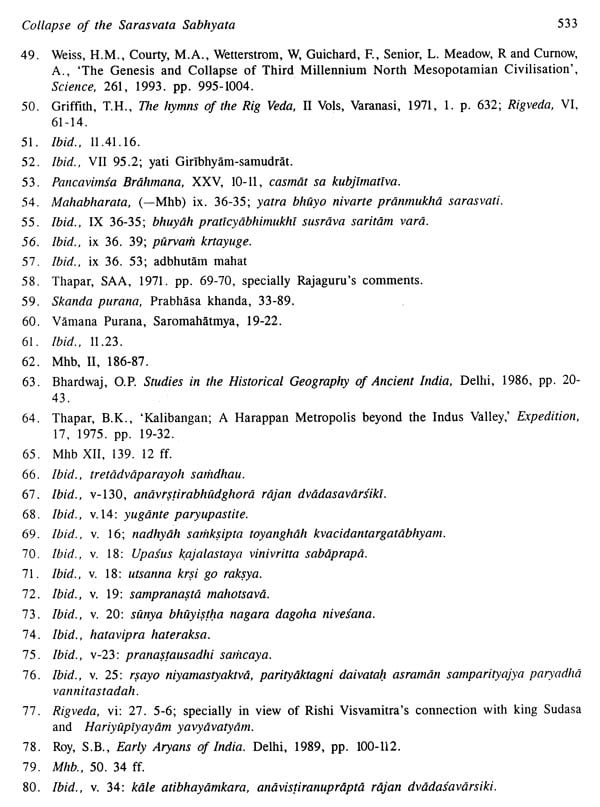
Early Harappans and Indus-Sarasvati Civilization (Set of 2 Volumes)
Book Specification
| Item Code: | AZG306 |
| Author: | Deo Prakash Sharma and Madhuri Sharma |
| Publisher: | KAVERI BOOKS |
| Language: | ENGLISH |
| Edition: | 2013 |
| ISBN: | 8174790721 |
| Pages: | 604 (Throughout Color Illustrations) |
| Cover: | HARDCOVER |
| Other Details | 11.00x9.00 inch |
| Weight | 2.22 kg |
Book Description
Bound two volumes, papers with notes, references and bibliography are well illustrated and grouped parts, Introduction; Indus-Sarasvati Controversies.
He has published 166 papers and several books, a few of which are: Harappan Terracottas: Harappan Seals; Indus Script on its Way to Decipherment; Panorama of Harappan Civilization; Bharat evam Sindhu Sabhyata (in Hindi).
At present, he is Head of the Harappan Collection, National Museum, New Delhi.
Madhuri Sharma is an Art Historian, Museologist and Archaeologist. She participated in excavation work in Narmada Valley, Chopani Mando, Belan Valley and Bharadwaj-Ashram. Apart from participation in national and international seminars, she has published 60 research papers and 8 books including 'Museum and Museology', 'Early Buddhist Metal Images of South Asia.
Dhavalikar, G.L. Possehl, D.P. Kenoyers, J.F. Jarrige, Y.D. Sharma, R.S. Bisht, Robert Dales, A. Parpola, Vasant Shinde, N.S. Rajaram, D.K. Chakraborti, Ratnagar, Lahiri, S.A. Sali, Joshi, A.K. Sharma, Amrendra Nath, Madhubala, Urmila Sashi Asthana, Jaya Menon, D.V. Sharma, S.P. Gupta, P.K. Trivedi, Pande, Pramanik, Sonawane, Nandita Bhatacharya, Kadambini and Madhuri have done of the Harappan Indus Sarasvati Civilization. They have published large number of books and papers Harappan Archaeology. work done Jarrige at Mehrgarh and Nausharo and Joshi at Surkotada, Dholavira, Manda, Dhadheri, Kalibangan, Malvan are unsurpassed and published all reports excavations the Harappan sites. The Harappan Indus Sarasvati Civilization had been a contemporary Mesopotamian and Egyptian Civilization, Indus Harappan established their colony Ur Mesopotamia (Iraq) they were having long distance trade with West Asia and Arabian and also Central Asia.
**Contents and Sample Pages**
